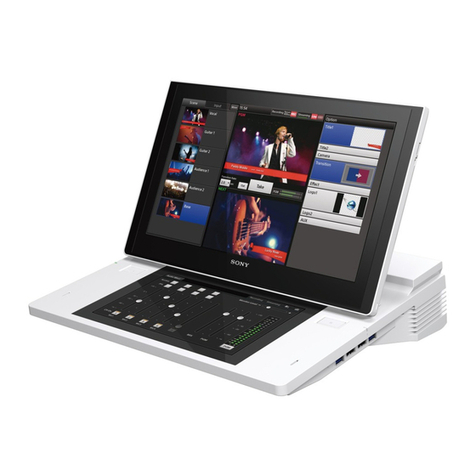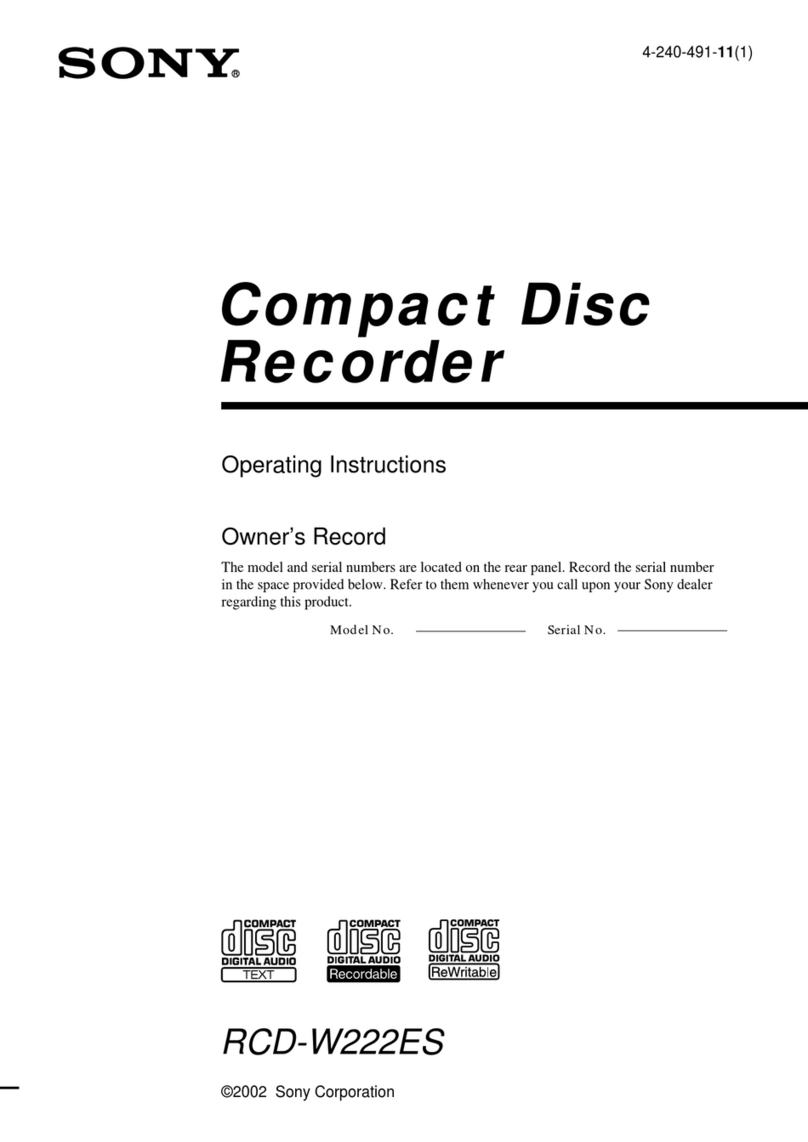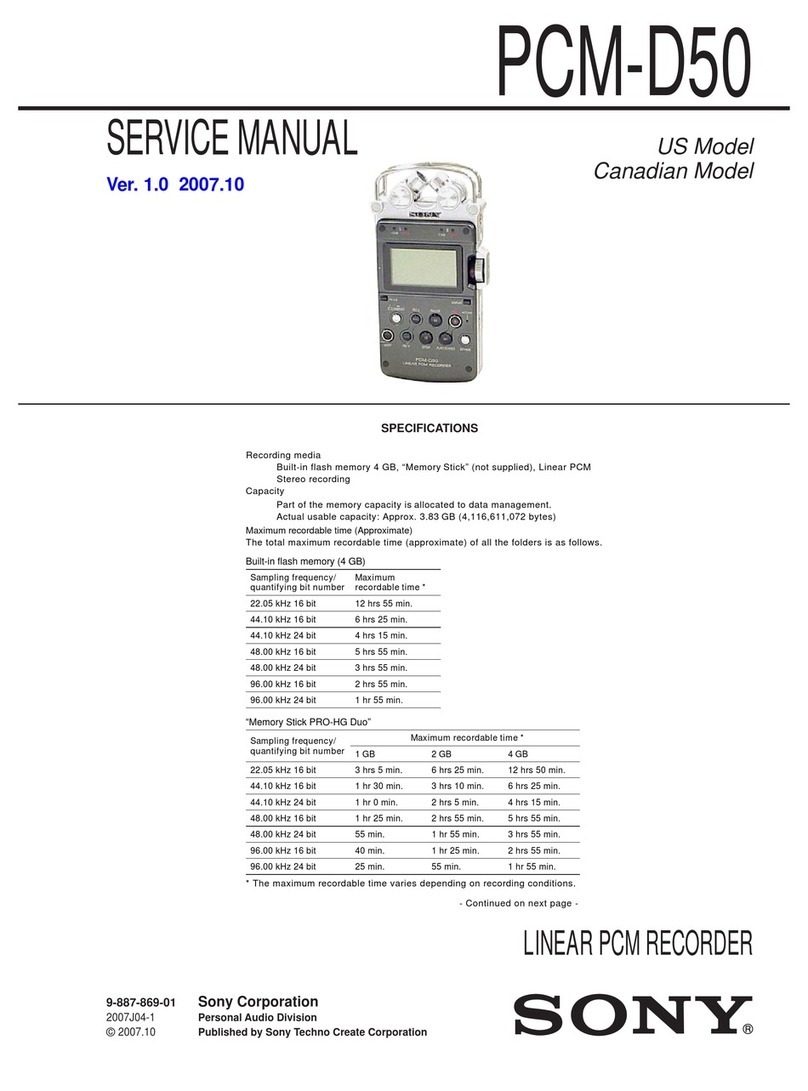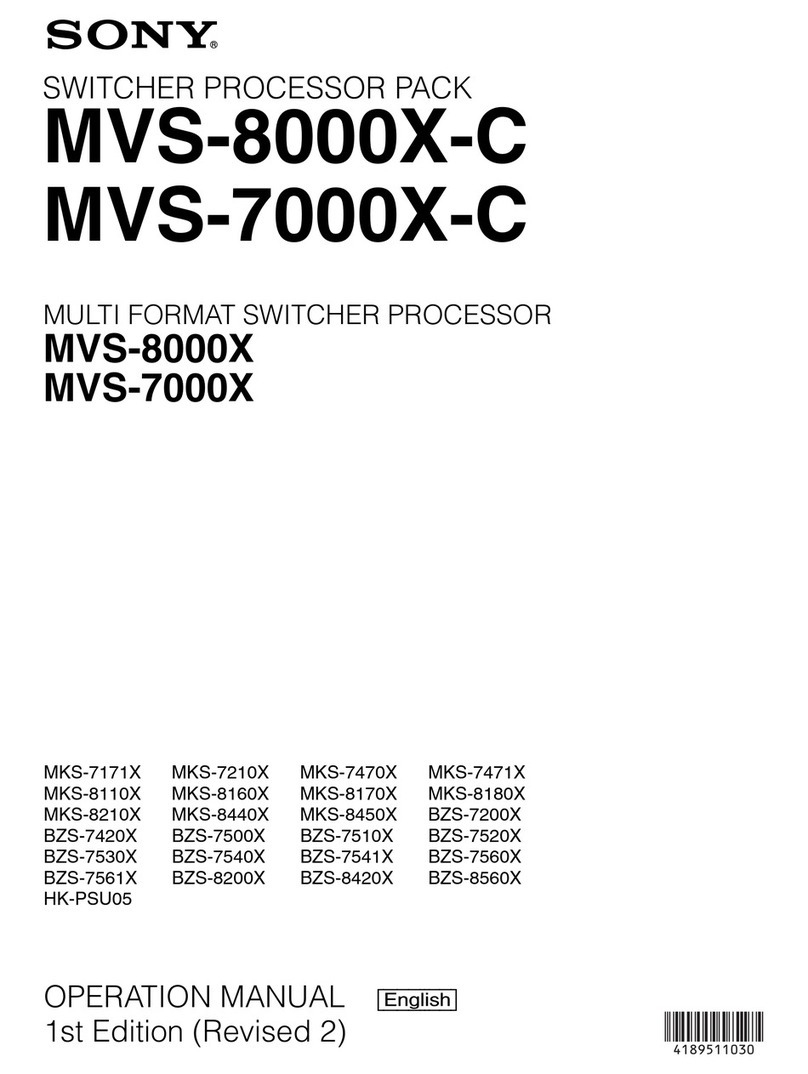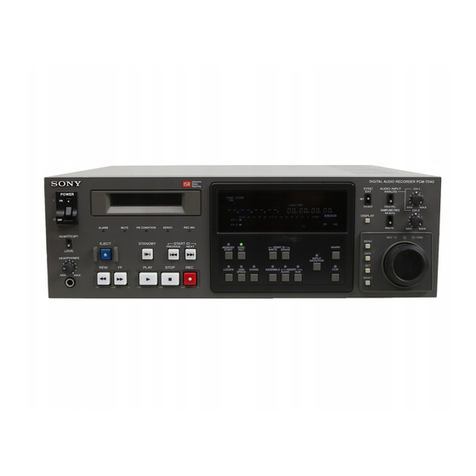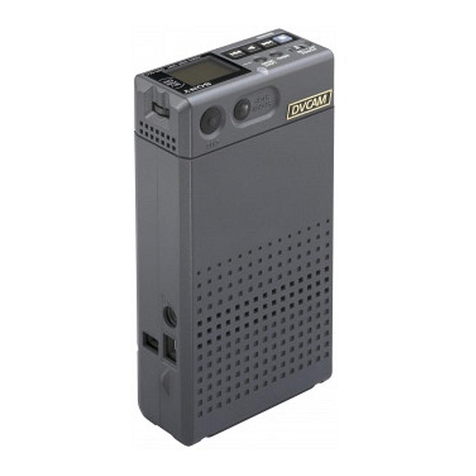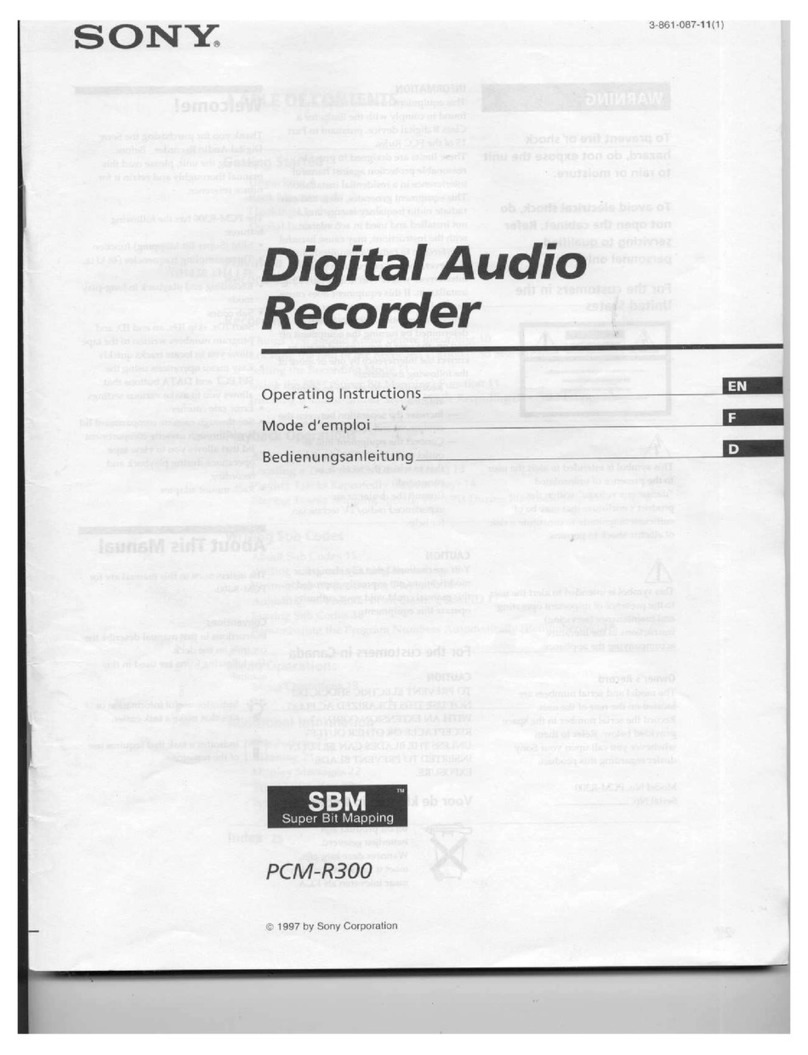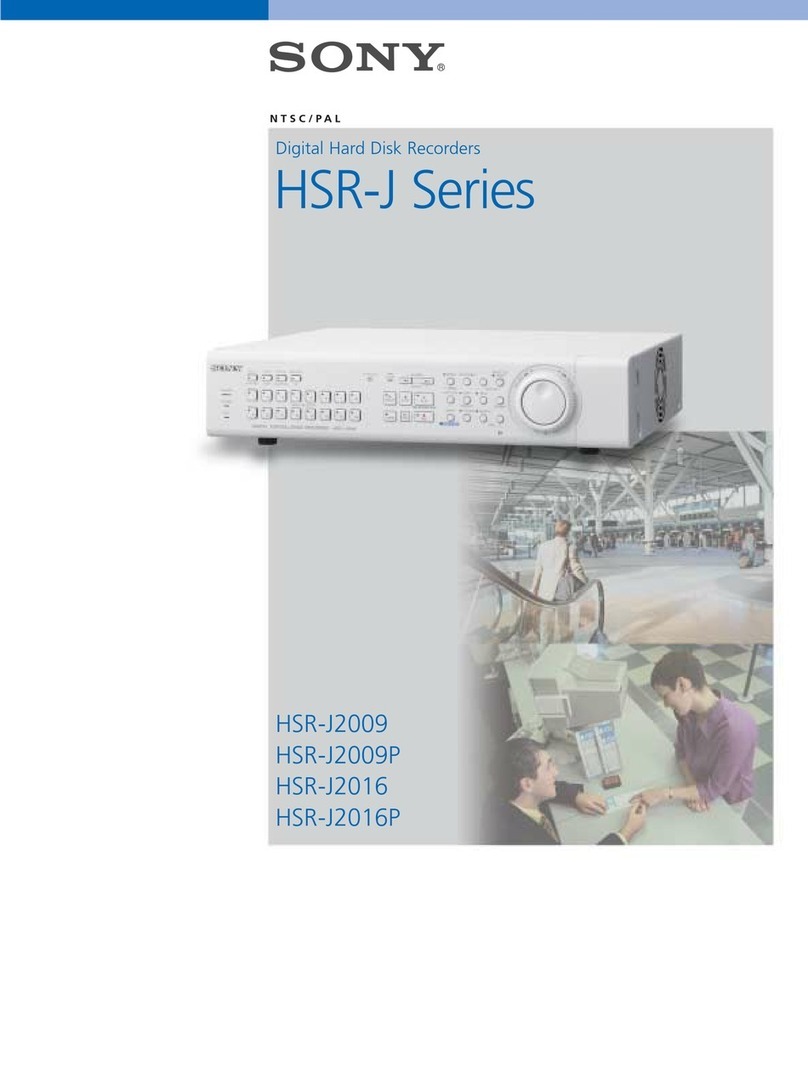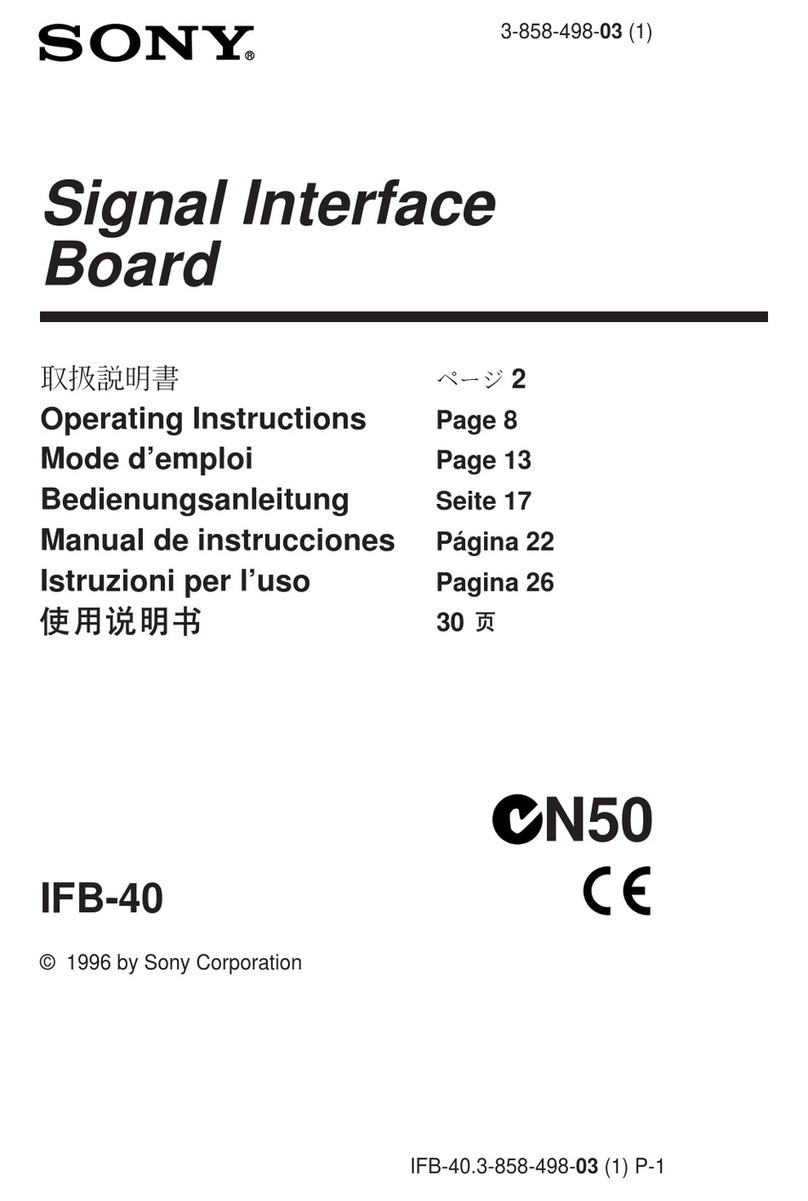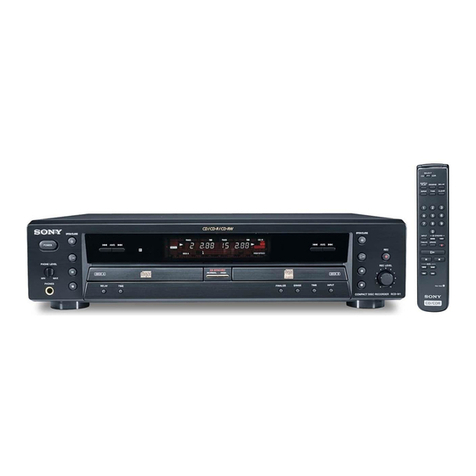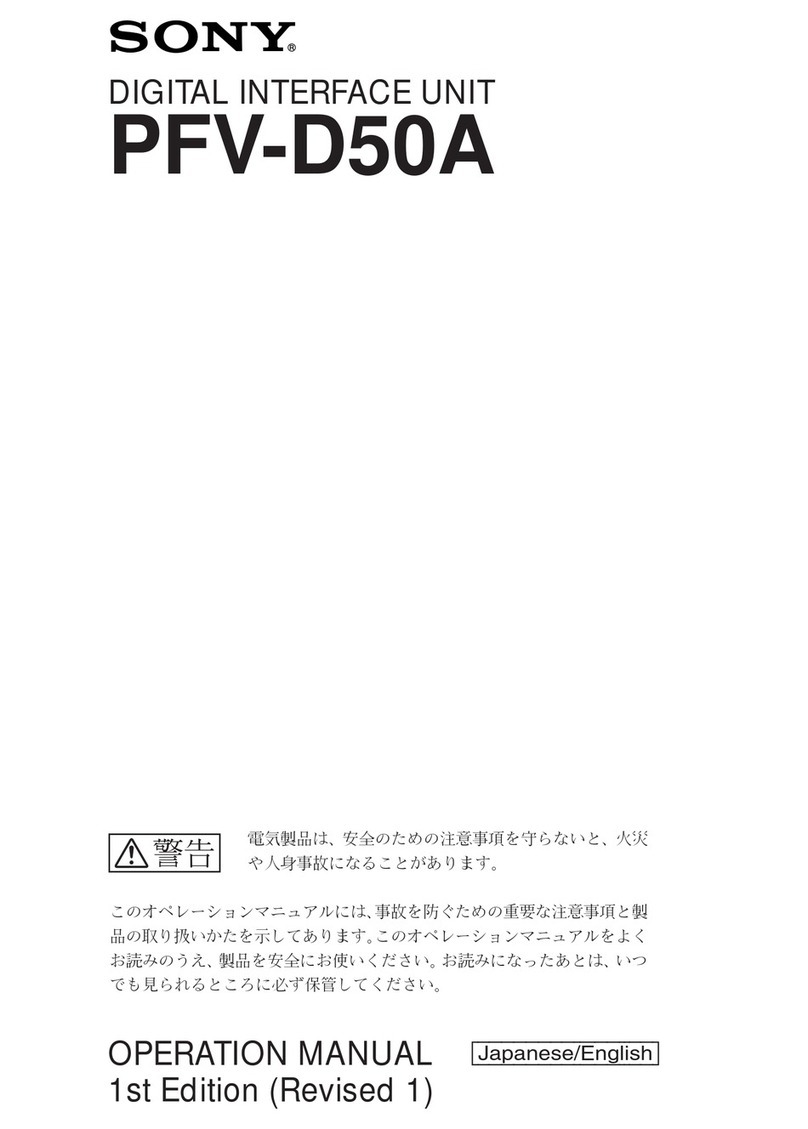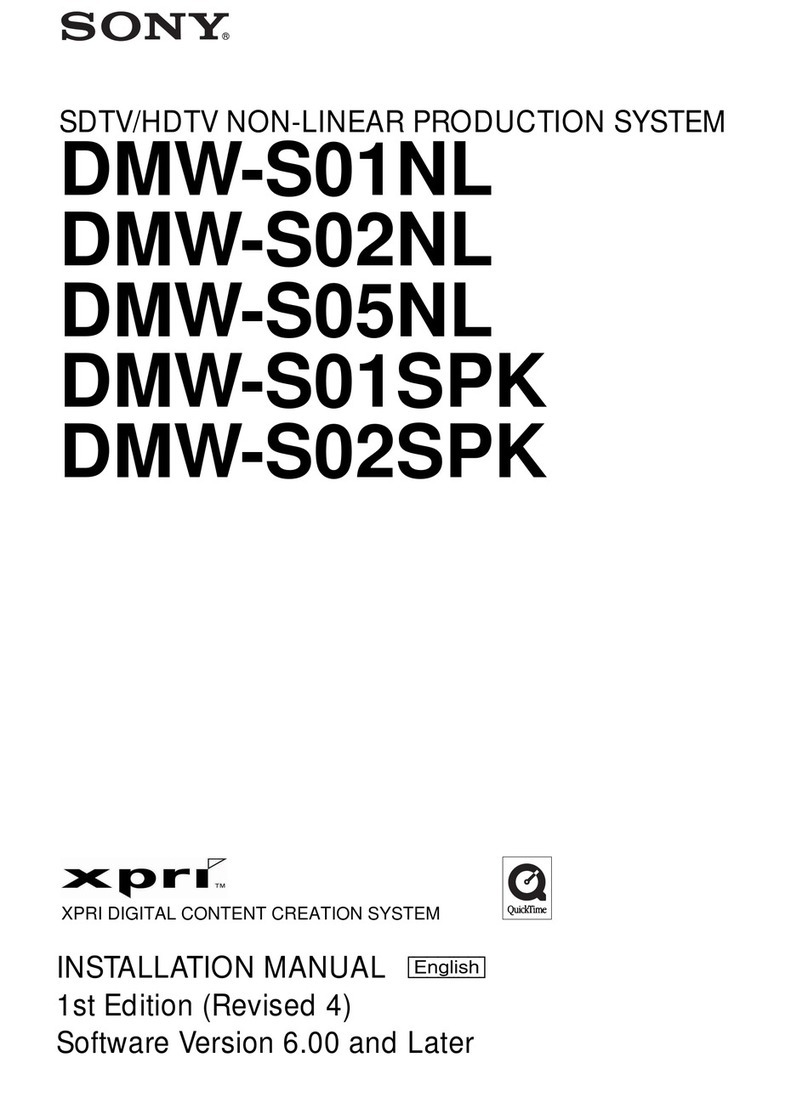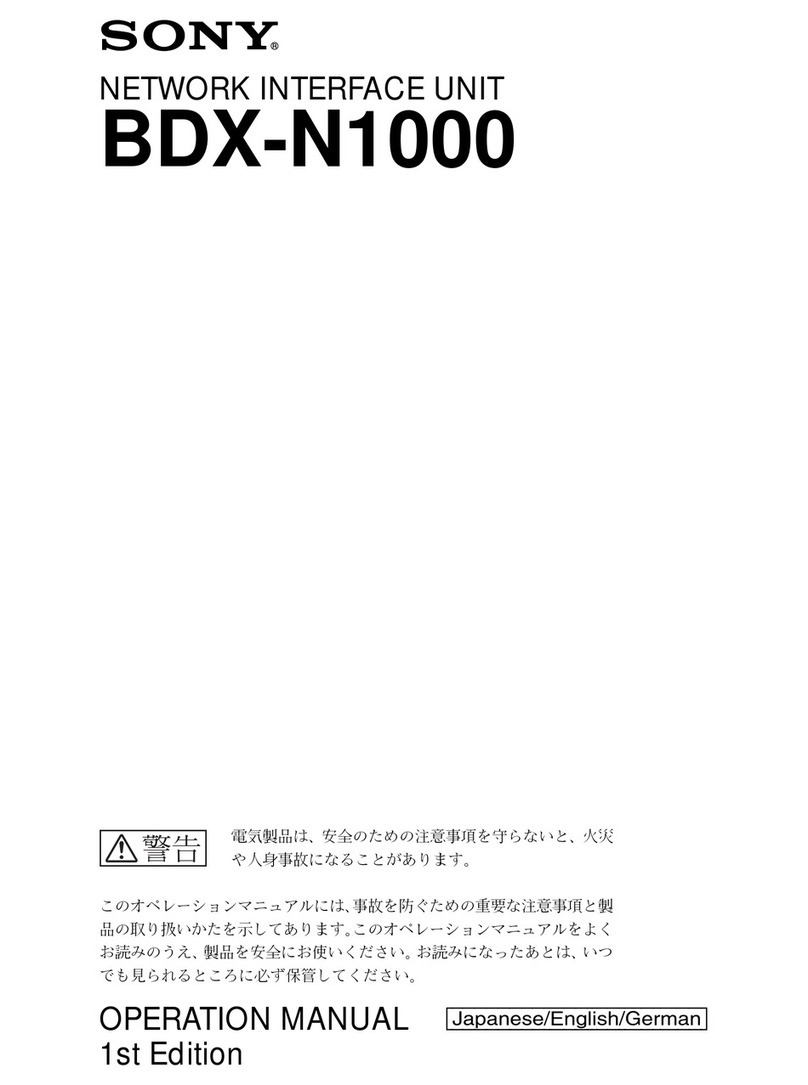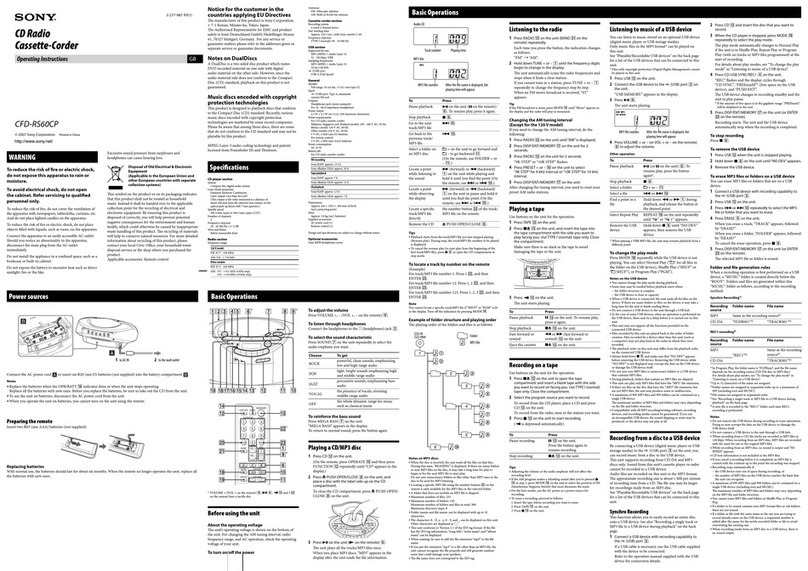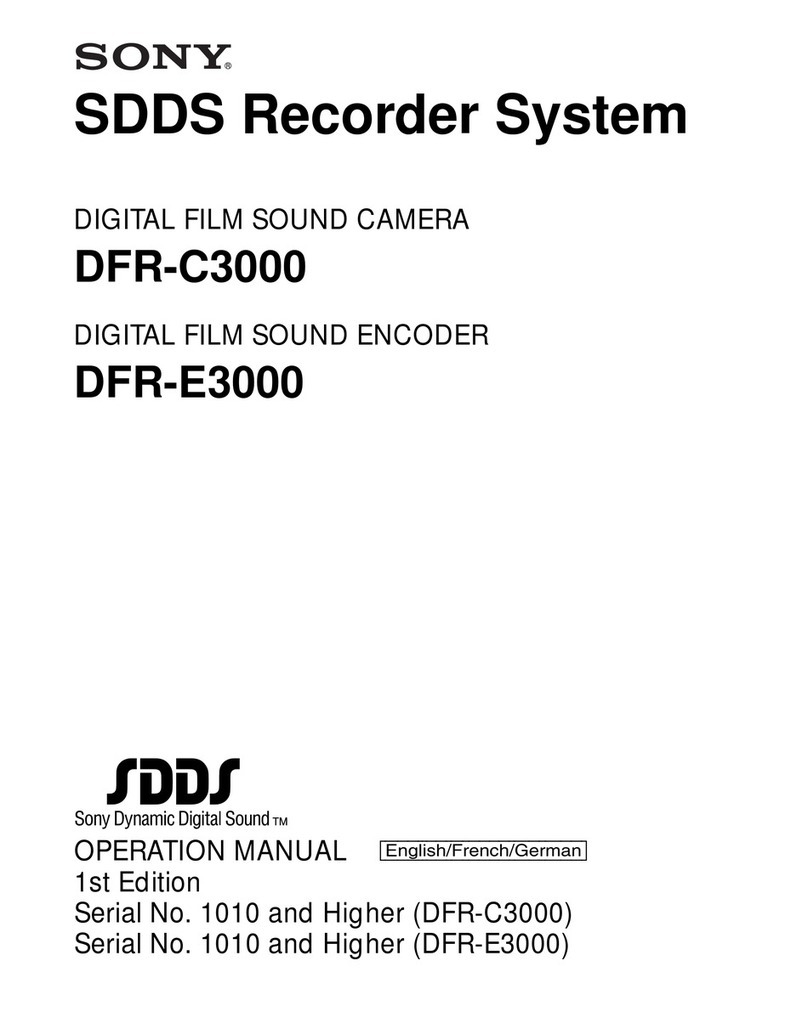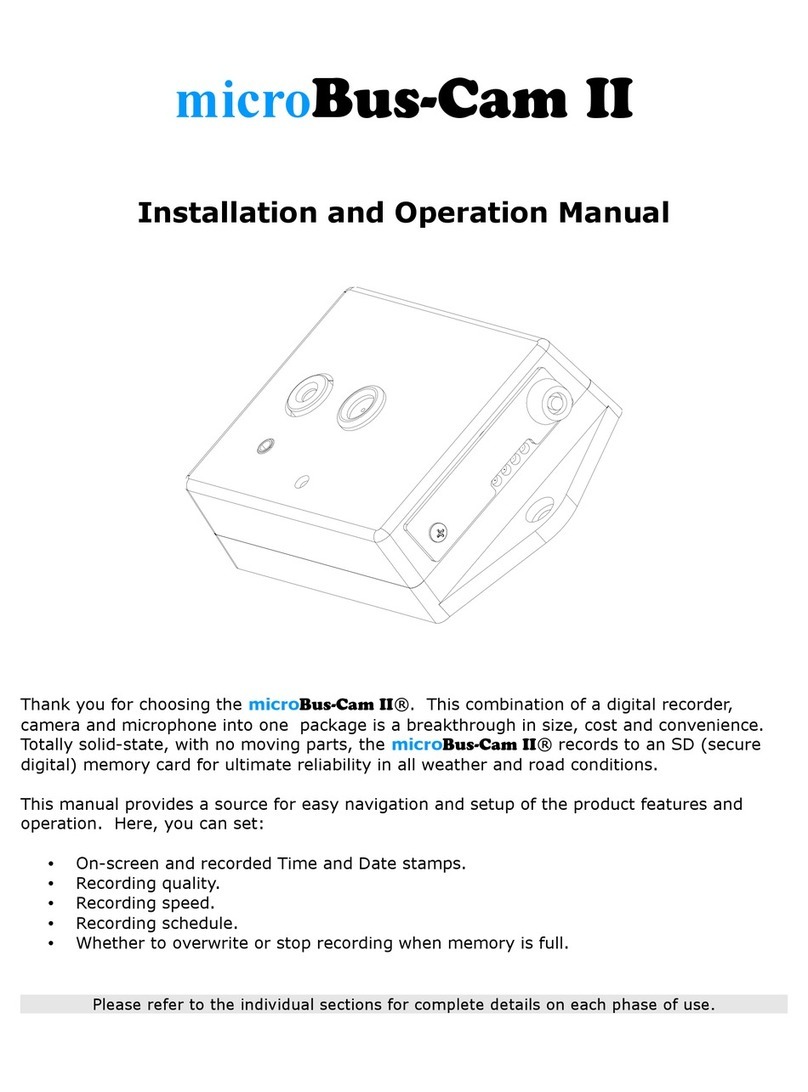
-:
Table
of
Contents
er
eel
WANING
228
scsasessetiestustteitcteas
Leasctdeseca
ee
cadescoctnele
tesseatedactas
eines
2
PRECAUTIONS
=
6.5632
065
hedeecostd
oh
ccehecheitaetsedeirtatarh
seutesebvesvenae
cores
3
Chapter
1
Getting
Started
Overview
of
the
DPS-R7.
.......cccecscscssssssssesescessssceeseesesrsssess
5
Hooking
Up
a
System
0...
ceeeecsescsssssesecesesesssessscseseseseeeeeens
6
Fundamental
Connections
as
an
Effector
..........ccc
6
Fundamental
Connections
for
Recording
..........0cce
6
Identifying
the
Parts
0...
esseccssssssseseseseesssssessessesecseeserseees
7
Chapter
2
Operation
at
a
Glance
Let’s
Try
to
Operate
Your
DPS-R7
.......ccccscccsssesesesetesseseeees
9
Selecting
a
Preset
Effect
oo...
.ccccsesessssssesssescssesescsssasseeees
9
Chapter
3
Parameters
of
Each
Block
Overview
of
the
Signal
Processing
BIOCKS
..........ccceeees
10
General
Block
Diagram
.........ecccsssessssssssesssssesesssesseeeseeeees
10
WAPUt
BIOGK
26.
cscceesdecacessasvdaa
cies
cc
sesctondsistscavondeeudSiessetessisbuoetes
Pre-effect
Block
Algorithm
1
Phase
Shifter
PHS
oc
eeee
Algorithm
2
Flanger
FLG
oo...
cecceseseseseseseseseeteeseee
Algorithm
3
Stereo
Equalizer
SEQ
Algorithm
4
Stereo
Exciter
+
Stereo
EQ
(Equalizer)
SXE
...
17
Algorithm
5
Monaural
Exciter
+
Monaural
EQ
(Equalizer)
MxE
..
18
Algorithm
6
Gate
GTE
wc
cceccesesesessesesesseecssssenes
19
Reverberation
Block
.......ccccccsscssssssesessssssssscseesssssesesesevseeees
21
Stereo-in/stereo-out
(ST/ST)
type
and
monaural-in/
stereo-out
(MONO-ST)
type
uo.
cecccsesesesccseseeseseeseseees
21
Concerning
the
Parameters
......cccccsecsesssessesseesesseeesseens
21
Reverberation
Parameters
.........cccccceccecsscscssesseseesssesees
21
Gate
Reverberation
Parameters
........ccccceseseeteeseesereres
22
Reverberation
Block
(1)
—
REVC
BIOCK
u....cccccceeeseeeeeees
23
Reverberation
Block
(2)
-
REVS
Block
.........ccceesesesseeres
24
Algorithm
1
Hall
Reverberation
(ST-ST)
—
HLR
.........
24
Algorithm
2.
Room
Reverberation
(ST-ST)
RMR
....
25
Algorithm
3
Plate
Reverberation
(ST-ST)
PLR
.......
26
Algorithm
4
Gate
Reverberation
(ST-ST)
GTR.
.......
27
Algorithm
5
Early
Reflection
(ST-ST)
ERF
ww.
28
Reverberation
Block
(3)
-
REV1
and
REV2
Blocks
...........
29
Algorithm
6
Plate
Reverberation
(MONO-ST)
PLR
...
29
Algorithm
7
Gate
Reverberation
(MONO-ST)
GTR
..
30
Algorithm
8
Early
Reflection
(MONO-ST)
—
ERF
.......
30
Algorithm
9
Delay
1(MONO-ST)
DL1
uw
31
Algorithm
10
Delay
2(MONO-ST)
DL2....
32
Post-effect
BIOCK
oo...
eescsesessessscsesescecscssscsesesesesssesstsseseees
33
Algorithm
1
Phase
Shifter
PHS
ose
33
Algorithm
2)
Flanger
FLG
wi
ccsesssessesensceseeeeeeees
33
Algorithm
3
Stereo
Equalizer
SEQ
ou...
eee
34
Algorithm
4
Stereo
Exciter
+
Stereo
EQ
(Equalizer)
SXE
...
34
Algorithm
5S
Monaural
Exciter
+
Monaural
EQ
(Equalizer)
MXE
..
35
Algorithm
6
Gate
GE
oo
ceseseesetssetseseseeees
36
Algorithm
7
Auto
Panner
APN
..0...ceeeeeesesesesesesees
37
OUtp—Ut
BlO
CK
aia:
sas
etecscestecctieeaceocesttieelst
aed
RbR
or
cleo
38
4
Other
BlOCKS
2..0nn
ttn
needy
din
acne
39
LOL
MIDUBIOGK
siscccccesiscisccesnstsssisavesvaigeizatvenesvsnevaccasdieveses
39
Applications
for
LCL.
MIDI
uu...
cc
csssccestesscceseeesenenes
39
SYSteM'BIOCK
a5.
s
sci
esdelsssseeteinnde
teers
eaves
mites
40
Memory:
BIOCK
seicusiiss
sas
ccittsacccrechovnidadninencaGalintedan
41
SYS.
MIDI
BIOCK
oo...
eecececscsesessesscscsesesessssesevesessssvacsceeecseees
4
B.Load
(Block
Load)
BIOCK
........cccccssescsseseescseseresereres
42
Chapter
4
Operation
Calling
Up
a
Memory
(LOAD)
.....c.cccececsscsssesesescseseseecsesesnees
44
Changing
the
Effects
(EDIT)
wie
ecccseceseseseescessssseresees
45
Important
Points
for
Editing...
cecscsssceseceseeesens
47
Saving
the
Changed
Effects
(SAVE)
......cccsccceseseseeneeens
48
Appendix
A.
MIDI
Implementation
Chart
.......0cccccccesecseccsseseeee
50
B.
Parameter
Variation
Range
for
LCL.MIDI
Block
......
54
C.
Classification
Chart
for
Editing
D.
Specifications
E.
Troubleshooting
Fig
GIOSSANV
as
svetreseoiSiecccasdtesseoectavi
orcces
acevaveivivedeuaeaaedey
G.
BOCK
Diagram
oo...
.cceseseesesesesessescsessscsestsassssssseseesseees
